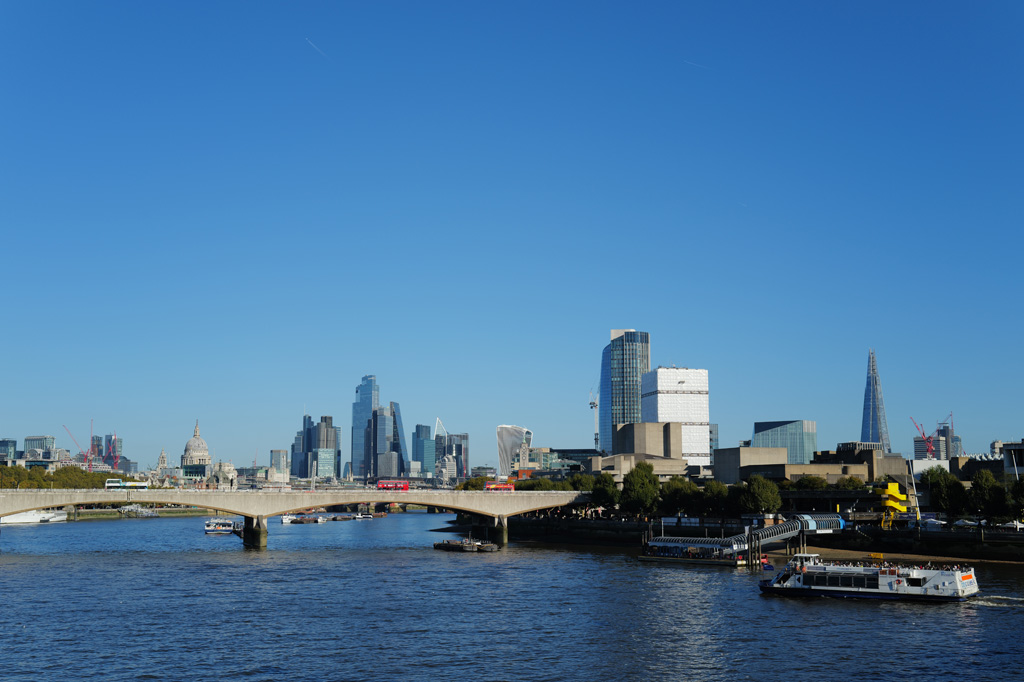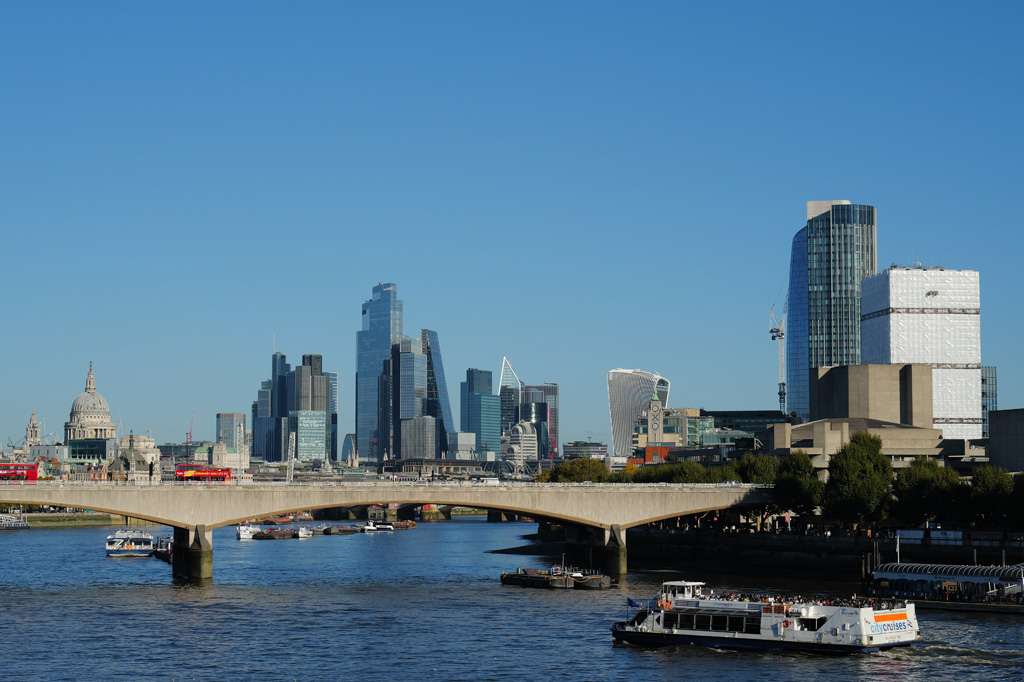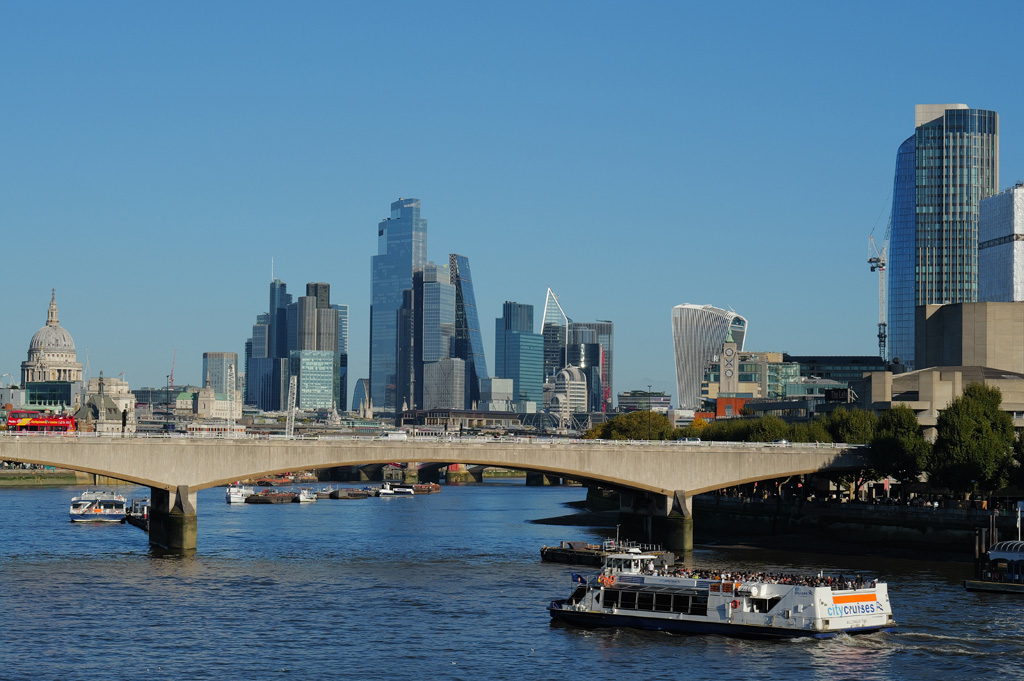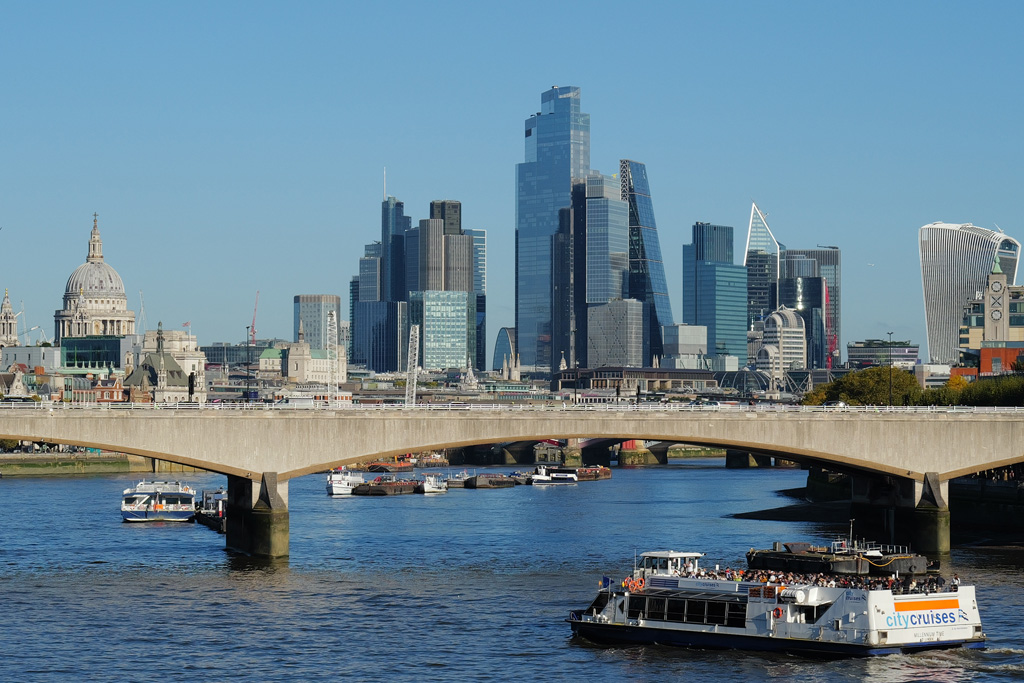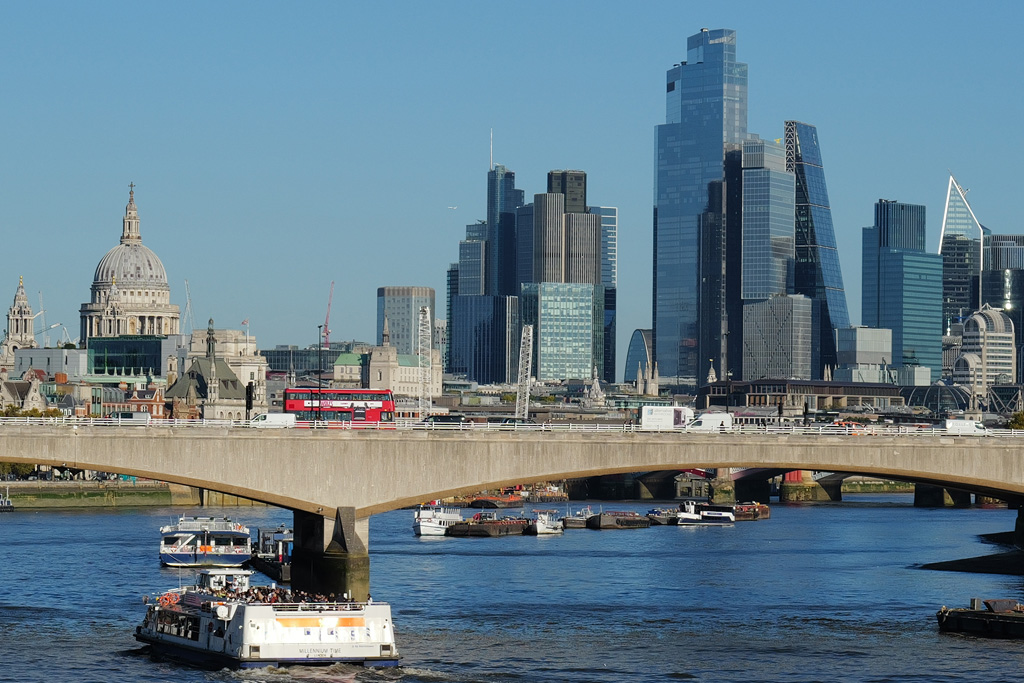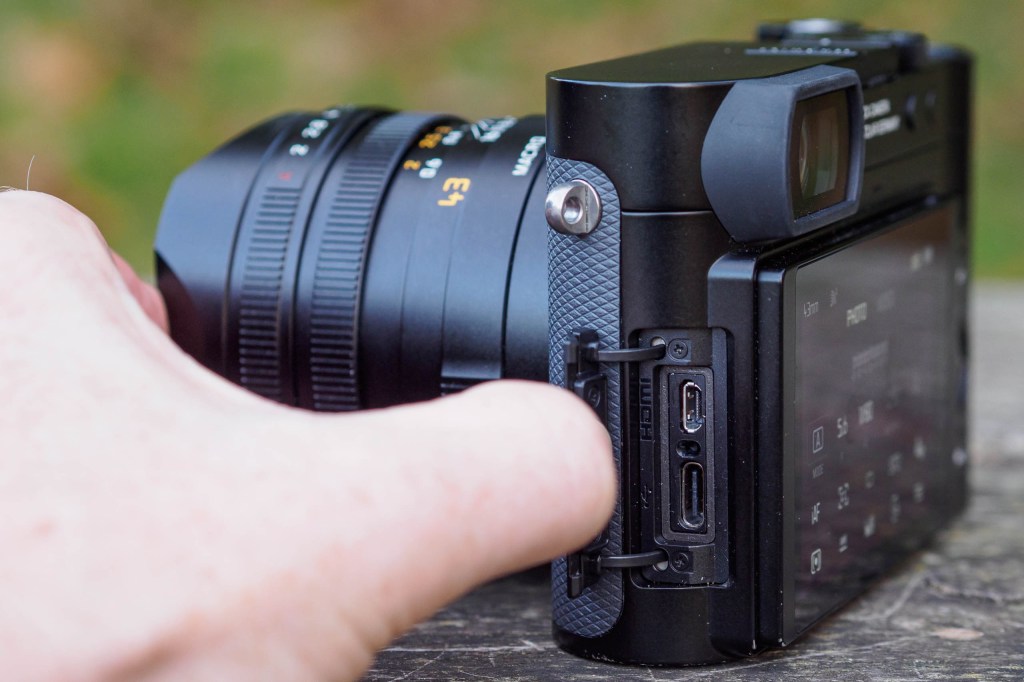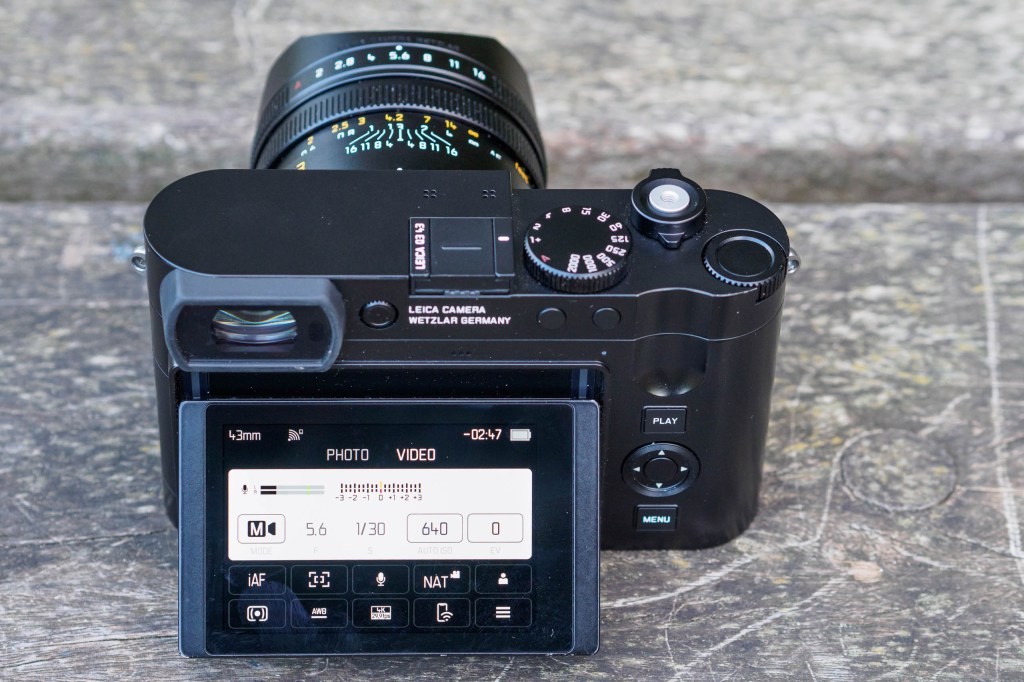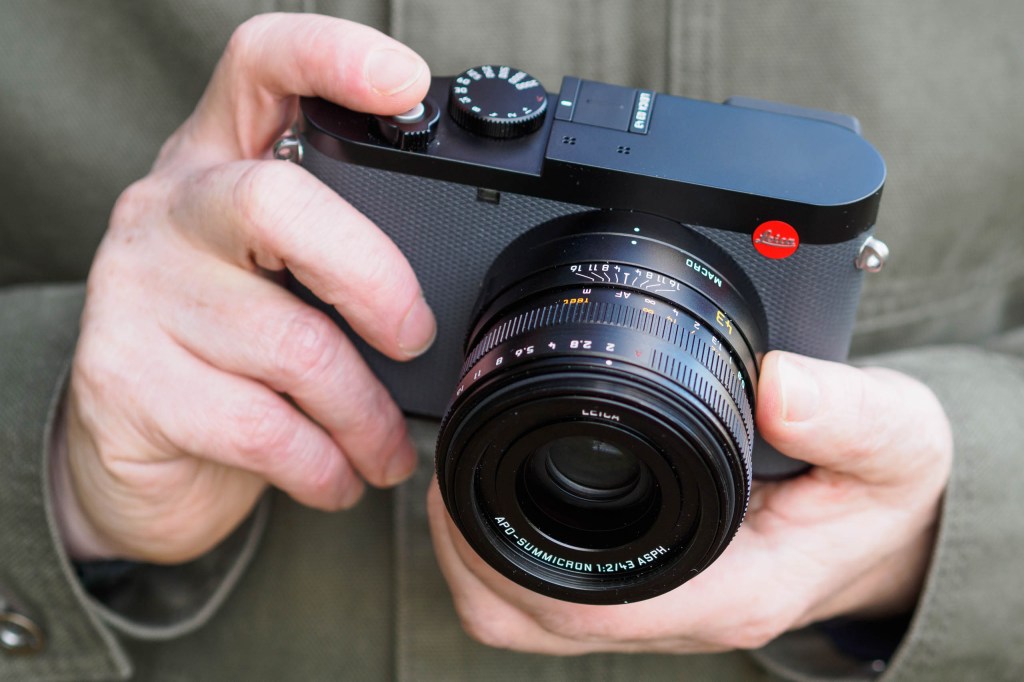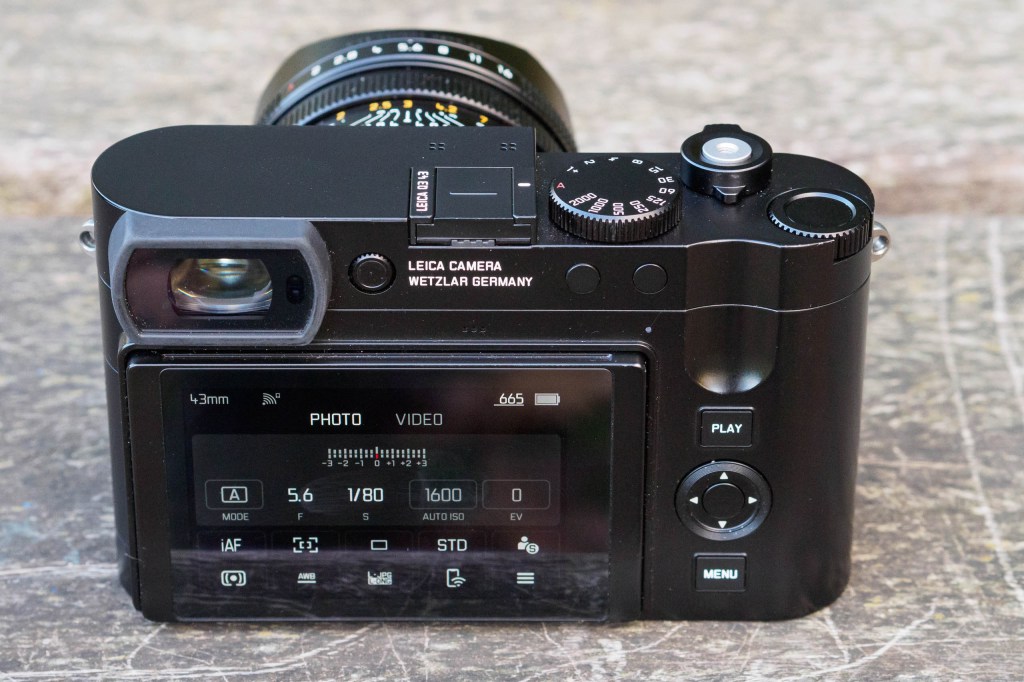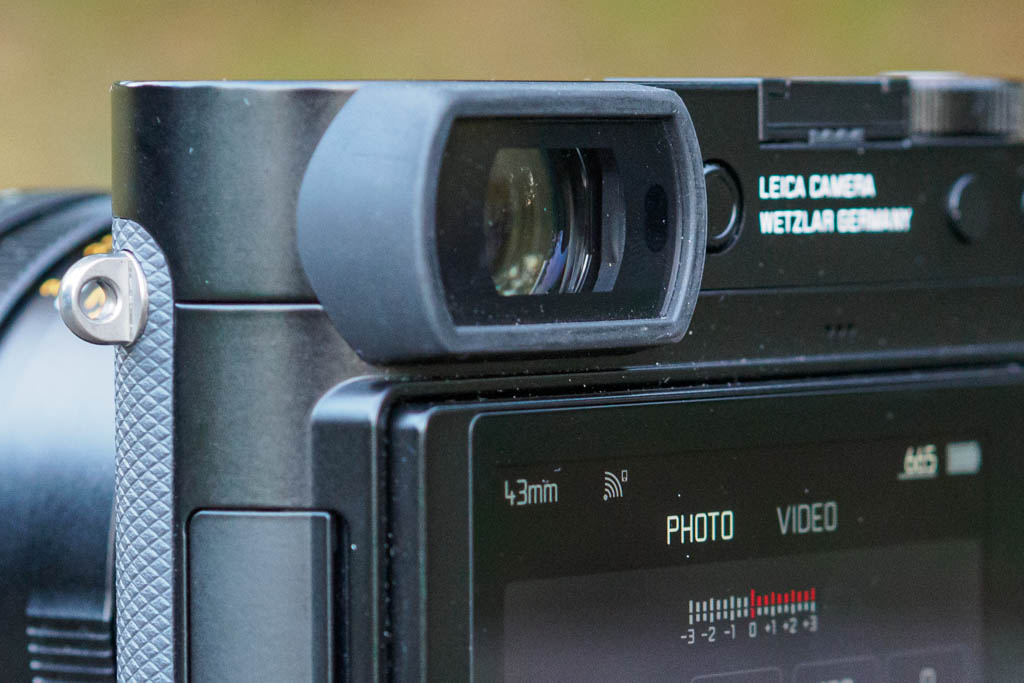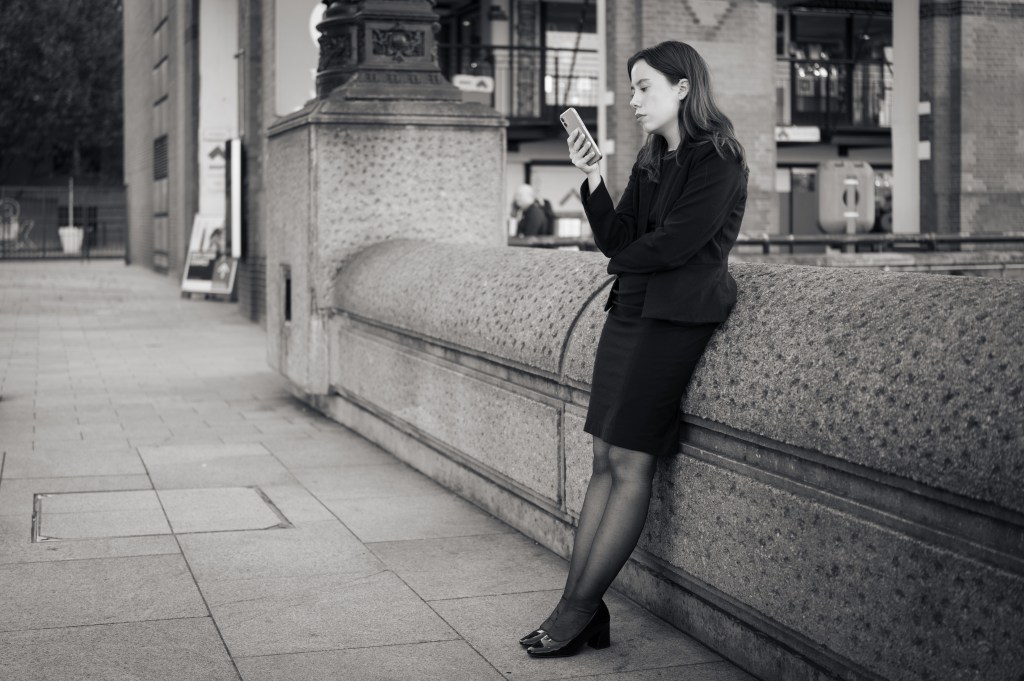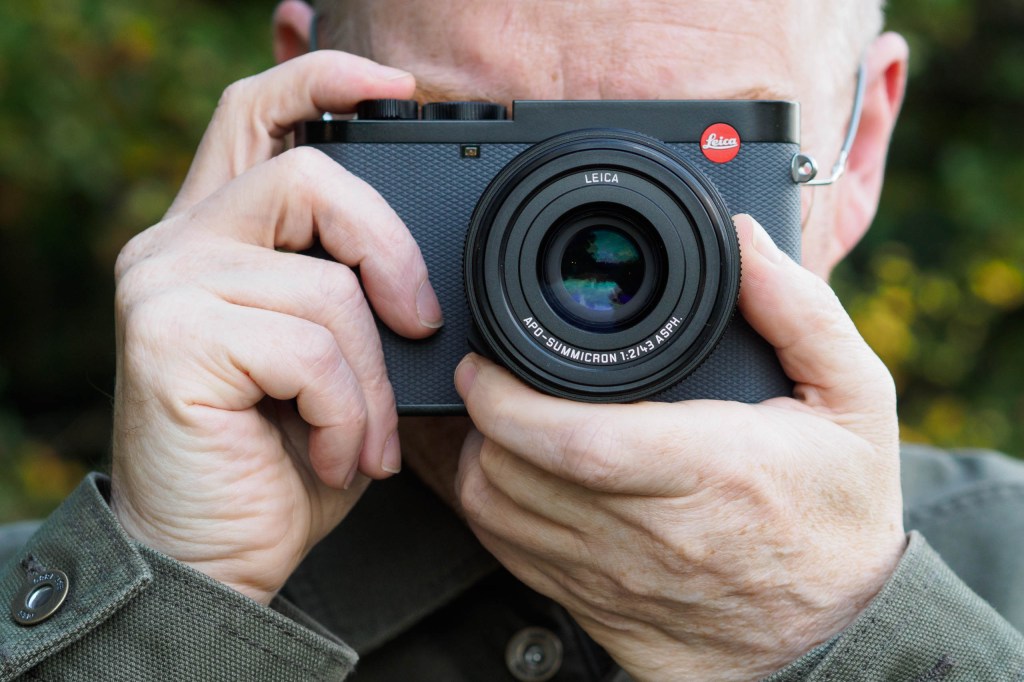Amateur Photographer verdict
Leica’s original 28mm Q3 was excellent, but the addition of a superb 43mm f/2 lens elevates the Leica Q3 43 even further. It’s a stunning camera that offers sensational image quality – at a price.- Superlative new 43mm f/2 lens
- Superb raw image quality
- Extremely robust build quality
- Engaging dial-led controls
- Excellent viewfinder
- Leica Looks make for more interesting JPEGs
- Screen only tilts up and down
- JPEG output still isn’t great
Leica’s Q series cameras stand apart as the only fixed-lens full-frame models on the market. When I reviewed the original Leica Q3, which like its predecessors sported a 28mm f/1.7 lens, I was extremely impressed, and considered it the best compact camera around. Now the firm has decided to mix things up, with a variant that sports a brand-new 43mm f/2 lens – the Leica Q3 43. We think it’s better for it.
Leica Q3 43 at a glance:
- $7,380 / £5,900
- 60.3MP full-frame sensor
- 43mm f/2 optically stabilised lens
- ISO 50-100,000
- Up to 15 fps shooting
- 5.76m-dot, 0.76x viewfinder
- 3in, 1.84m-dot tilting screen
- 8K 30p; 4K 60p; Full HD 120p video
So what makes the Q-series so special? Fundamentally, it’s a combination of classic design and full-frame image quality. When the original Leica Q appeared in 2015, it was deliberately styled to resemble the firm’s iconic M-series rangefinders, complete with traditional control dials and rounded ends. In 2019 and 2023, the Q2 and Q3 brought successively higher resolutions and updated features, while employing the same 28mm f/1.7 lens. But not all photographers want a 28mm as their only lens – hence the Q3 43.
At this point, many readers may wonder about the rationale behind that odd-sounding 43mm focal length. Why not something more familiar, like 35mm or 50mm? But the idea is that 43mm is equal to the diagonal of the sensor, and lenses of this ilk bring a particularly natural-looking perspective to your images. Many photographers – myself included – prefer lenses in the 40-45mm region to either 35mm or 50mm.
This isn’t a new idea, by any means. Plenty of 35mm film rangefinders from the 1960s and 1970s used similar focal lengths; most obviously, the compact M-mount Leica CL came with a 40mm f/2 lens. The same was true with fixed-lens cameras; for example, the Canonet QL19 and Olympus 35SP had 45mm f/1.9 and 42mm f/1.7 optics, respectively.

What is for sure, though, is that the 43mm lens is going to work best for different kinds of photography than a 28mm. As a result, the Q3 43 should be better suited to subjects such as environmental portraiture, street shooting, and general family photography. But the original Q3 would arguably be the better choice for landscapes, cityscapes, and travel photography.
Given its $7,380 / £5,900 price tag, the Q3 43 is pretty much one-of-a-kind on the market. Perhaps the closest alternative is the Ricoh GR IIIx ($1,050 / £1,000), which pairs a 24MP APS-C sensor with a 40mm equivalent f/2.8 lens, and is itself a derivative of a 28mm (equivalent) design. But this offers a very different shooting experience, as it has a fixed screen and no viewfinder.
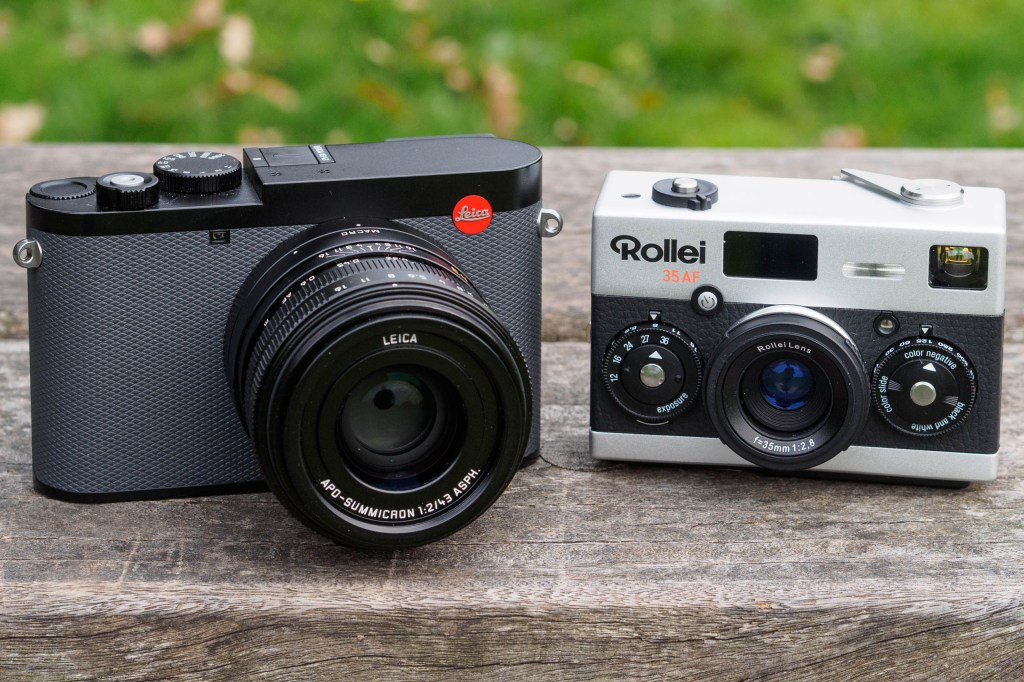
There’s also the Fujifilm X100VI ($1,600 / £1,600), with its 40MP APS-C sensor and 35mm equivalent f/2 lens. But it’s so absurdly in-demand that you’ll struggle to find one. In reality, I guess most potential buyers will actually be deciding between the two Q3 models. So which should you get, 28mm or 43mm?
Features
Obviously the most interesting new feature of the Q3 43 is its lens. Labelled APO-Summicron 1:2/43 ASPH, this employs 11 elements in 8 groups, including 7 aspherical surfaces for cross-frame sharpness. That APO designation is particularly important, as it indicates that colour fringing due to chromatic aberration should be suppressed almost completely.
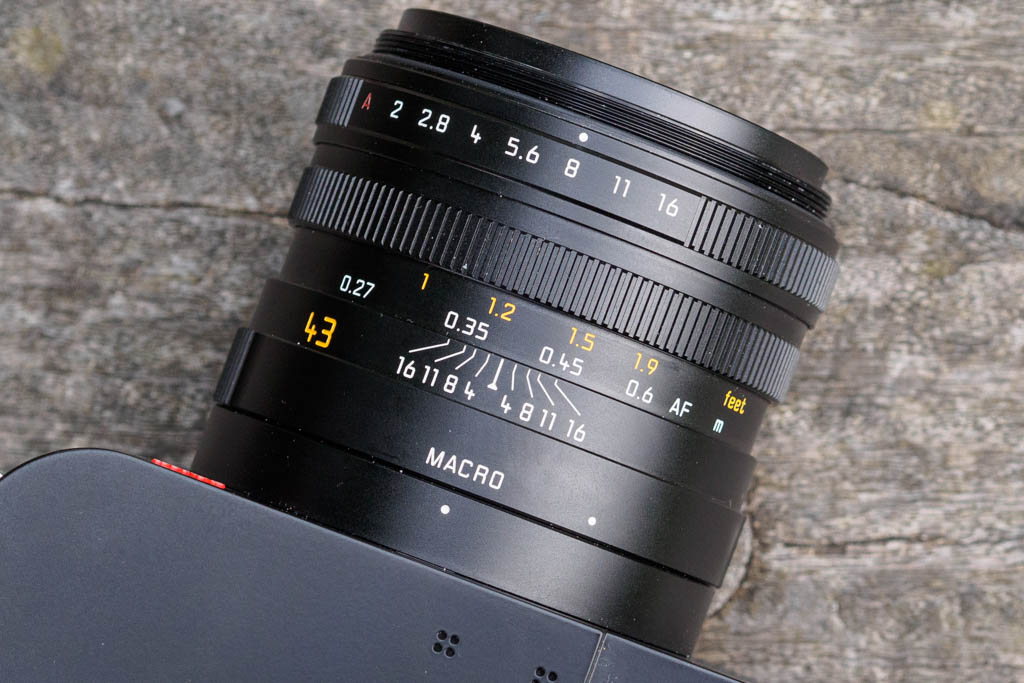
In the lens’s standard configuration, the minimum focus distance is 60cm, but twisting a dial on the barrel to the Macro position brings this down to 27cm. Optical image stabilisation is built in, which cleverly includes an Auto mode where it’s only enabled at slower shutter speeds where its needed. As on the Q3, there’s a thread for 49mm filters.
Physically, the new lens is 5mm longer than before, which also brings a slight increase in the camera’s overall weight to 772g. But Leica has compensated for this by making the screw-in rectangular hood shorter, so the Q3 43 should fit into all the same size bags.
Aside from the lens, though, the Q3 43 is essentially the same camera as its wider-angle stablemate, the Q3. It’s built around the same excellent 60MP full-frame BSI-CMOS sensor, which includes phase detection elements for autofocus. Handily, you don’t have to shoot in full resolution all the time, but can also record both JPEG and raw files at either 36MP or 18MP, when you don’t need such huge levels of detail and would rather save on card space.
In concert with the Maestro IV processor, the sensor offers a standard sensitivity range of ISO 100-100,000, plus a ‘pulled’ ISO 50 setting. It also enables continuous shooting at up to 4 frames per second with continuous AF, and 15 frames per second with focus fixed, with a buffer of at least 63 shots in raw. Subject recognition is included for people and animals.

Shutter speeds are available from 120sec to 1/2000sec using the in-lens mechanical shutter, extending to 1/16,000sec with the electronic shutter. For long exposures, you get a handy ‘T’ mode, which is far more convenient than the usual Bulb option; one press of the button starts the exposure and a second ends it.
Leica also exploits the 60MP sensor to offer a genuinely useful Digital Zoom that crops into the image to match familiar focal lengths. The image area is indicated by a frameline in the viewfinder, with the camera saving both a cropped JPEG and full-size raw file alongside (with the crop embedded into its metadata). You get 60mm, 75mm, 90mm, 120mm and 150mm options giving 31MP, 20MP, 14MP, 8MP and 5MP files, respectively. You can see how these look in the slideshow below.
Other useful features include an intelligent Dynamic Range (iDR) option, which aims to boost JPEG shadow detail in high-contrast situations. There’s also a Perspective Control option which can automatically correct converging verticals in JPEG files, but that’s perhaps more useful on the original Q3 with its wider-angle lens.
When it comes to video, the Q3 43 supports 8K recording at 30fps, 4K at 60 fps, or Full HD at 120fps. Leica has included an HDMI output for connecting an external monitor or recorder and a USB-C port for power. Other advanced video features include ProRes recording, Leica’s L-log profile, and LUT compatibility. Unfortunately, there’s no microphone socket for higher quality sound, but Leica says you can connect certain RODE microphones to the USB-C port.
Fundamentally, though, the Q3 43’s design and lens means it’s best seen as a stills camera, which can also be used to record high-quality video if necessary.
Looking at wireless connectivity, both Bluetooth and Wi-Fi are built-in for use with the Leica Fotos app for Android and iOS. This is unusually easy to set up, at least with an iPhone, ironically by the simple expedient of wiring the two devices together via a USB-C cable. The app can also be used with a wired connection for faster transfer speeds and a more reliable connection. But if you have an iPhone with a Lightning connector, you’ll need to use Leica’s proprietary cable.
Leica Fotos provides full remote control over the camera and allows both images and videos to be copied to your phone for sharing. It also provides access to ‘Leica Looks’, which are additional colour profiles that are more stylised and interesting than those built into the camera. At the time of writing, seven options are available. However, there’s only space to store six of them on the camera at any given time.
Leica Q3 43: Key features
The Q3 43 is essentially the same camera as its 28mm stablemate, just with a new 43mm lens.
- Video: You get a separate optimised interface for shooting video, if that’s something you want to do.
- Storage: A single UHS-II SD card slot is found in the base of the camera, behind a hinged door that’s right beside the tripod socket
- Power: The BP-SCL6 Li-ion battery is shared with the Q3 and SL2, and rated for 350 shots per charge.
- Connectors: There’s a micro-HDMI port for video output, along with are USB-C for power delivery, battery charging, and direction connection to an iPhone / iPad
- Wireless charge: Leica is offering the add-on HGF-DC1 Wireless Charging Handgrip, along with a charging pad that’s matched to the camera’s size and shape
- Shutter release: In a nod to Leica’s film-camera heritage, there’s a traditional screw-in cable release connector on the shutter release button
- Customisable: A wide range of accessories is available, including leather straps and half-cases, plus metal thumb-rests, lens hoods, hot-shoe covers and soft-release buttons, all in a choice of colours
Build and Handling
In terms of design, the Q3 43 looks almost exactly like the 28mm version, with the most visible difference being that the body covering is grey rather than black. Of course the lens markings have changed too, and there’s no f/1.7 position on the aperture ring. On closer inspection, the section of the lens barrel that’s immediately adjacent to the body is longer, too. But otherwise, the body design and control layout are identical.
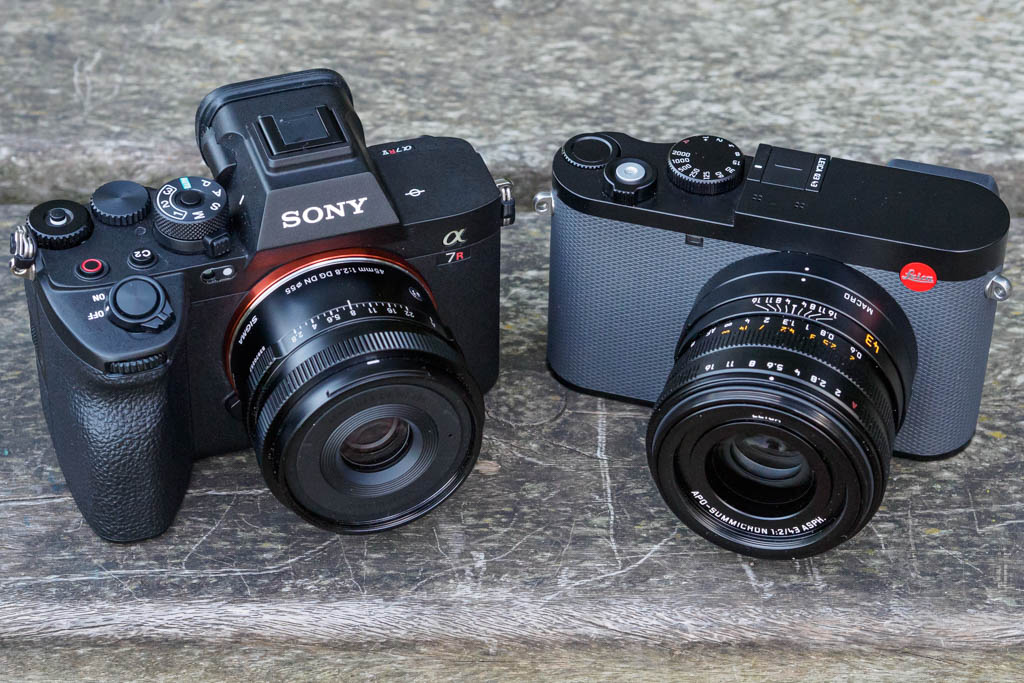
This isn’t a small camera, though, by any means. At 13 x 8 x 9.8 cm and 793g, it’s considerably bulkier than its APS-C counterparts, and similar in size and weight to the Sony Alpha A7CR fitted with a 40mm F2.5 lens. But it still feels surprisingly comfortable and secure in your hands, thanks to the signature curved ends. Needless to say, build quality is exemplary, with a robust all-metal body shell that includes weather sealing to the IP 52 standard.
Looking at the main shooting controls, you get a set of traditional analogue dials, complemented by a modern electronic interface for secondary options. Along with aperture and focus rings on the lens, there’s a shutter speed dial on top. An electronic thumb dial is used to set exposure compensation or fine-tune shutter speeds, with a button in its centre for ISO. On the back, a 4-way d-pad is used for positioning the focus area.
All the key controls are well placed for shooting with the camera to your eye. The dials operate with satisfying clicks, while the manual focus ring is lovely and smooth. This all makes the camera a real pleasure to use.
Rear controls are strikingly simple compared to other high-end cameras. Play and Menu buttons are placed above and below the d-pad respectively, while two unmarked buttons are positioned beneath the shutter speed dial. The left-side of the two is slightly raised, making them easier to distinguish by touch. One operates digital zoom and the other switches between photo and video modes, but you can reconfigure to other functions of you prefer.
Pressing the Menu button first brings up an onscreen status panel, which provides a quick way of changing secondary settings using the touchscreen. Subsequent presses cycle through the main menu system, which includes just six pages of settings, but never feels like it’s missing anything essential. Compared to the insane complexity of most modern cameras, it’s a breath of fresh air.
Viewfinder and screen
For composing and viewing your images, the Q3 43 employs the same excellent 5.76m-dot viewfinder as the Q3, with a decently large 0.76x magnification. You get the option to switch between 60fps and 120fps frame rates, depending on whether you prefer to conserve battery life or see super-smooth motion.
Leica previews colour processing and exposure, and offers various ‘Capture Assistants’ including grid lines, electronic levels, a live histogram, and a zebra pattern overexposure warning. Pressing the button in the centre of the d-pad cycles though the various information displays.
In a welcome change since I reviewed the Q3, the camera stops down the aperture when you half-press the shutter button, in both auto and manual focus modes. In effect, this provides depth-of-field preview for every shot.

One of the Q3’s most important updates over its predecessors was a tilting LCD screen, and that’s retained here. It facilitates such things as low-level macro, discreet waist-level shooting for street photography, and the ability to maintain a better connection with your subject when shooting environmental portraits.
Unfortunately the screen only tilts up and down, rather than using a 3-way design like some other brands. This means it’s of limited use when you’re shooting in portrait format. But it does help keep the body size down.
One design quirk, though, is that while there are notches on the top and bottom edges of the screen to grab when tilting it, you don’t get any kind of grip on the side, as is common on other cameras. This is something you’ll get used to, but it still feels like a strange oversight.
Autofocus
When it comes to autofocus, the Q3 43 again essentially replicates the features and performance of the standard Q3. Phase detection AF is available anywhere within the frame, with the camera offering multiple focus area sizes ranging from a fine spot to a multi-point zone covering approximately one-third of the image width and height. There’s also a conventional tracking mode based on pattern and colour. Alternatively, you can let the camera choose what to focus on.
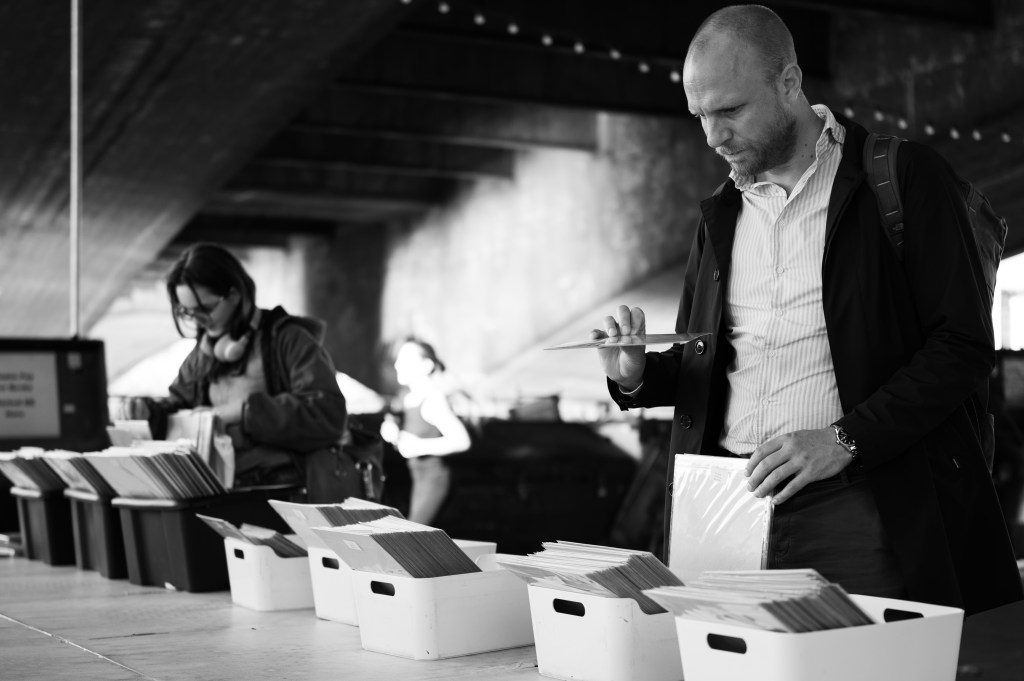
Click on any sample image to see the full-resolution version
Subject detection is available via the AF area menu, with options either for people alone, or people and animals. When enabled, the system will recognise a person’s body, face, and eyes as they get larger within the frame, which I found to be useful both for portraits and street shooting. When the camera detects multiple possible subjects, it’ll outline the one it’s concentrating on in yellow and the rest in white, and you can select between them using the d-pad.
In practical use, the autofocus is quiet, accurate, and reasonably quick. Ultimately though the camera is still limited by the speed with which the lens can adjust focus, and while it’s pretty snappy, it’s not as lightning fast as the latest mirrorless setups. So I wouldn’t necessarily expect it to keep up with fast, erratically moving subjects. But most of the time it should do perfectly fine.

When you have time for slower, more considered shooting, the camera is also a pleasure to use in manual focus mode. To switch between AF and MF, you simply twist the focus ring while pressing a small interlock button on the focusing tab. The focus ring itself feels much like using a traditional manual control, despite operating electronically.
Turning the focus ring automatically activates magnified view, with a choice of 3x or 6x settings. This is quite modest, but it’s assisted by a focus peaking display that highlights in-focus edges. These two aids complement each other well, and I was able to get consistently sharp results.
Performance
When you take it out and start shooting, you’ll find the Q3 43 is fast, responsive, and essentially silent. This is great for many of the subjects that the 43mm lens is ideally suited to, such as street photography or events.
The camera’s continuous shooting performance is more than adequate too, given that it’s not a camera you’re likely to choose for sports and action. I can’t see much reason why you’d consider setting it to 15fps, but the option is there if you need it. However, the ability to shoot at 4fps with autofocus can be genuinely useful.
Battery life looks OK without being outstanding. It’s rated for 350 shots per charge, but I got rather less, more like 200-250 shots depending on how assiduously I was trying to conserve power. However, this is always highly dependent upon your shooting habits – you’ll get more if you tend to shoot bursts, or make a point of turning the camera off between shots. You can keep the battery topped up from a powerbank during breaks in shooting, but as always I’d recommend getting a spare.
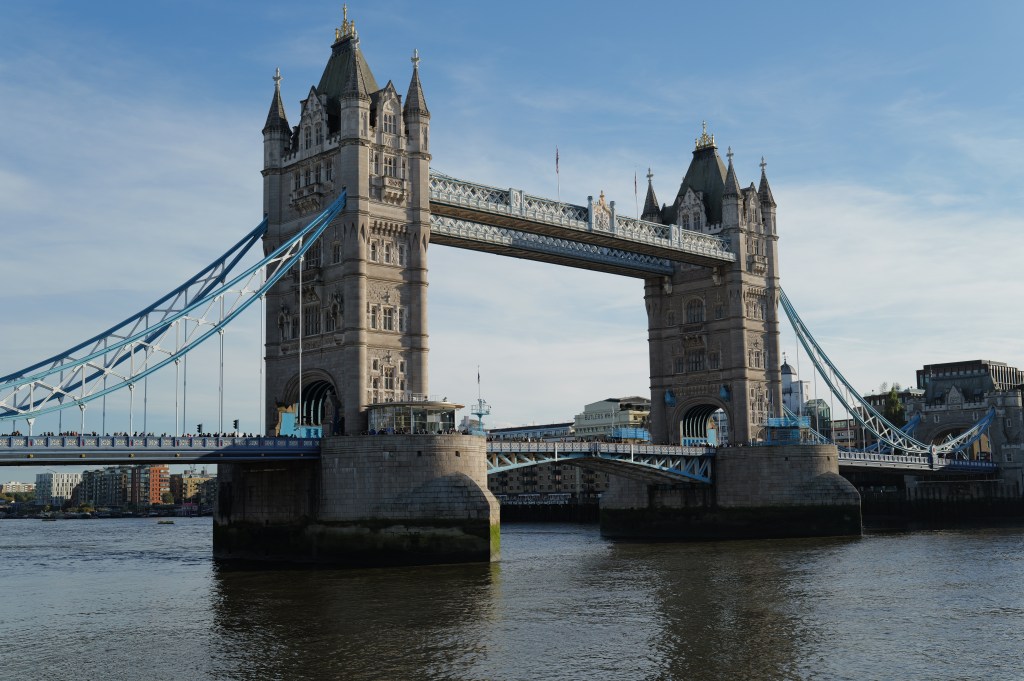
Leica’s metering is pretty reliable, if perhaps over-conservative at times. Auto white balance tends to give very neutral results, and in many situations, I’d prefer a warmer look.
New 43mm lens: optical quality
Of course, what we’re really interested about with the Q3 43 is its new APO-Summicron 43mm f/2 ASPH lens. Obviously, we should have high expectations, given that it’s a Leica lens on a camera that costs the best part of £6,000. But just how good is it?

Honestly, optically it’s sensational. It consistently churns out wonderful-looking images, regardless of aperture or focus distance. You can shoot at whatever setting you please, based solely on your aesthetic intention for each shot, and be perfectly confident that your images will be sharp and packed full of detail. I’d say that technically, it’s better than the Q3’s 28mm optic, and by some margin.
Even if you go pixel-peeping, you’ll see seriously impressive resolution. Wide open at f/2, it’s blisteringly sharp in the centre of the frame, and gets only fractionally softer towards the edges and corners. Indeed in my tests, it looks sharper at f/2 than at f/11, which is quite something.

Stop down to f/5.6 or f/8, and images are ludicrously sharp from corner to corner. At smaller apertures, the finest details soften again slightly due to diffraction. But really this is just nit-picking, and insignificant in real-world use.
This extreme sharpness is maintained in the ‘macro’ mode, too, aided by the fact that the largest aperture here is limited to f/2.8. The maximum magnification is about 0.25x, so it’s quite handy for close details without being a ‘true’ macro lens.
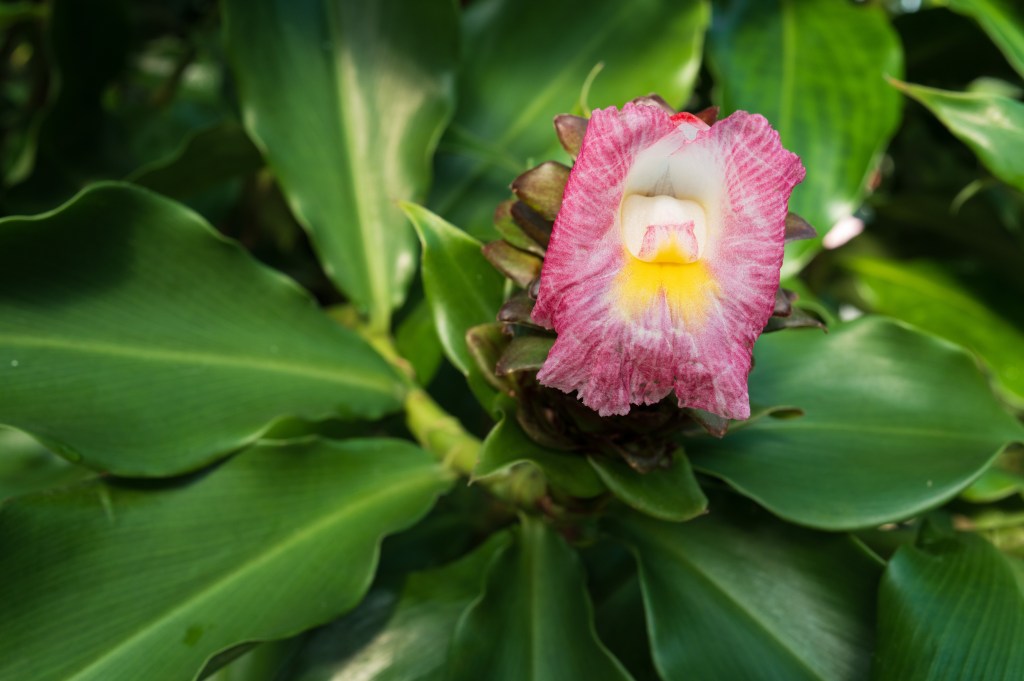
There’s no hint of colour fringing from chromatic aberration, and no distortion, either. Of course, there’s going to be some software correction going on under the hood to help achieve this. Adobe Camera Raw applies lens compensation automatically, via settings that are stored in the DNG raw files.
As this is a 43mm f/2, you won’t necessarily get a huge level of background blur compared to something like a 50mm f/1.4 prime. But you can get a reasonable level when shooting at close distances, especially if you keep the background distant. Crucially, the bokeh is rendered very nicely indeed.
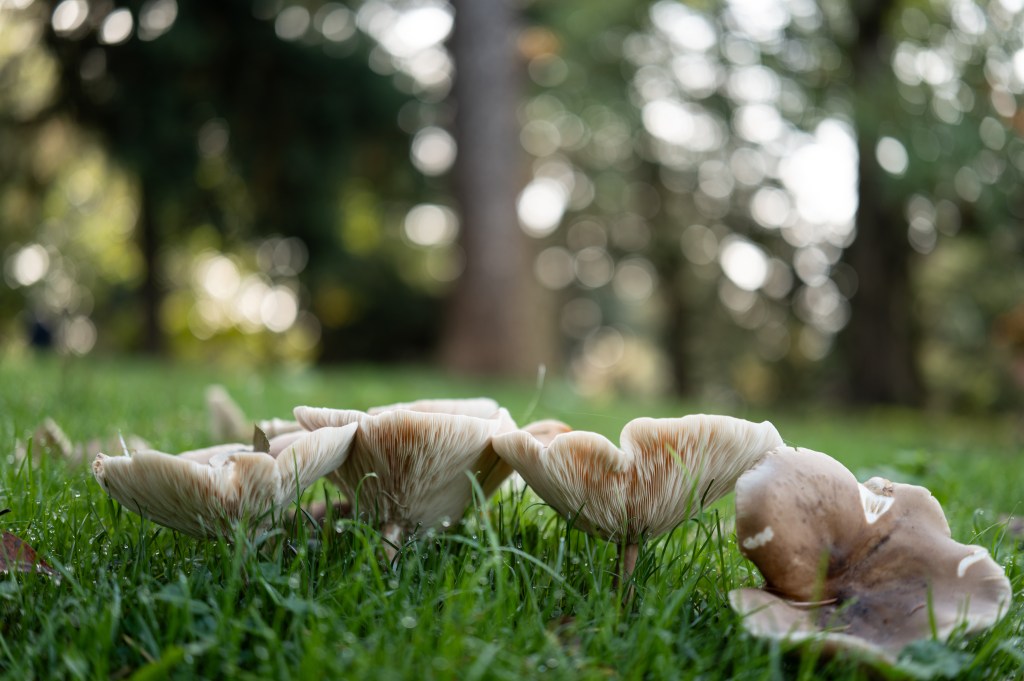
The lens’s optical stabilisation works well, allowing me to get consistently sharp shots hand-held at 1/10sec. By taking multiple replicates, I was able to get the occasional usable shot at speeds as slow as 1/3sec, but that was the exception rather than the norm.
While this is certainly useful, the in-body stabilisation systems in the latest mirrorless cameras can reliably go even slower. Overall, though, the OIS ensures that you get the most from that high-resolution sensor.
Image quality
When it comes to overall image quality, the Q3 43 is capable of astonishingly good results. However for JPEG shooting, I’m not a great fan of Leica’s built-in colour profiles. The default Standard option is distinctly muted, while Vivid perhaps veers too far the opposite way. But on a more positive note, I like the high-contrast B&W option a lot.
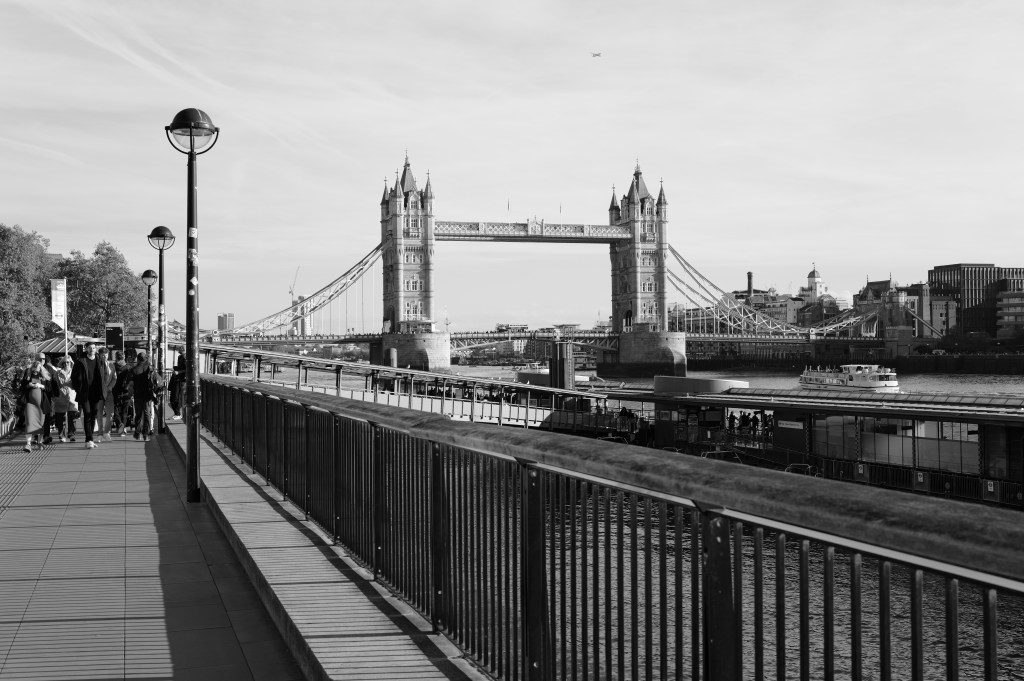
For those who want to create more interesting JPEG output, help is at hand from Leica Looks. But these aren’t installed by default – instead you have to download and install them using the Leica Fotos app.
There are certainly some interesting options here, including the slightly muted, Kodachrome-esque ‘Chrome’ and the punchy ‘Eternal’, which gives the impression be having been inspired by Fujichrome Velvia. You also get some nicely toned monochrome options. If you want to share finished files directly from the camera, this is the way to go.

Whether or not you like the JPEGs, though, there’s absolutely no questioning the quality of the DNG raw files. We’ve seen this 60MP sensor plenty of times before – not only in the Q3, but also in the M11 rangefinder and mirrorless SL3. Not to mention the Sigma fp L and the Sony A7R IV, A7R V, and A7CR. It’s very much a known quantity, and in terms of outright image quality, unquestionably the best full-frame sensor around.
With that 60MP resolution, the Q3 43 can match any other full-frame camera on the market in terms of detail rendition. Not only does it give really excellent results at ISO 100, there’s barely any drop in quality at ISO 800, even when viewing files close-up onscreen. Fine detail starts to blur away at ISO 1600, and noise progressively overtakes the image at higher settings.

Even so, I’d be quite happy shooting at up to ISO 25,000, especially given the capabilities of the latest AI noise reduction software. There’s little practical need to go any higher.
Not only are raw files packed full of detail, there’s also immense dynamic range, especially at low ISO settings. With files shot at ISO 100 to ISO 400, I could pull loads of extra detail out of deep shadows without being concerned by excessive noise. You can see this in the comparison below between an edited ISO 400 raw and the ‘straight’ conversion.
Even at moderately high settings such as ISO 1600, I was able to shoot to preserve highlights, and then bring up the shadows by two or three stops. Overall, the raw files feel almost infinitely malleable, and you can manipulate the tonality sliders in raw processing to your heart’s content.
Of course, one problem with shooting 60MP DNG files all the time is the sheer amount of disk space they take up. But here, as with Leica’s other 60MP models, you can just drop the DNGfile size down to 36MP or 18MP without losing the benefits of raw. Even at 18MP, you should be able to make an extremely detailed A3 print, so this is a really useful option to have available.
Our Verdict
When I reviewed the original Leica Q3, I was extremely impressed, and ended up calling it the best compact camera in the world. But now, I’ve been forced to change my mind. Instead, I have to conclude that the best compact camera you can buy is the Leica Q3 43.
I’m joking a bit here, of course. The choice between 28mm and 43mm lenses will be a very personal one for each photographer, and it’s not for me to declare which is ‘better’. But while I always enjoyed the previous 28mm Qs, the Q3 43 has me completely smitten. In part this is down to extraordinary quality of the image files it creates, with the best full-frame sensor around complemented by a truly phenomenal lens. You can’t get better than this without stepping up to medium format.
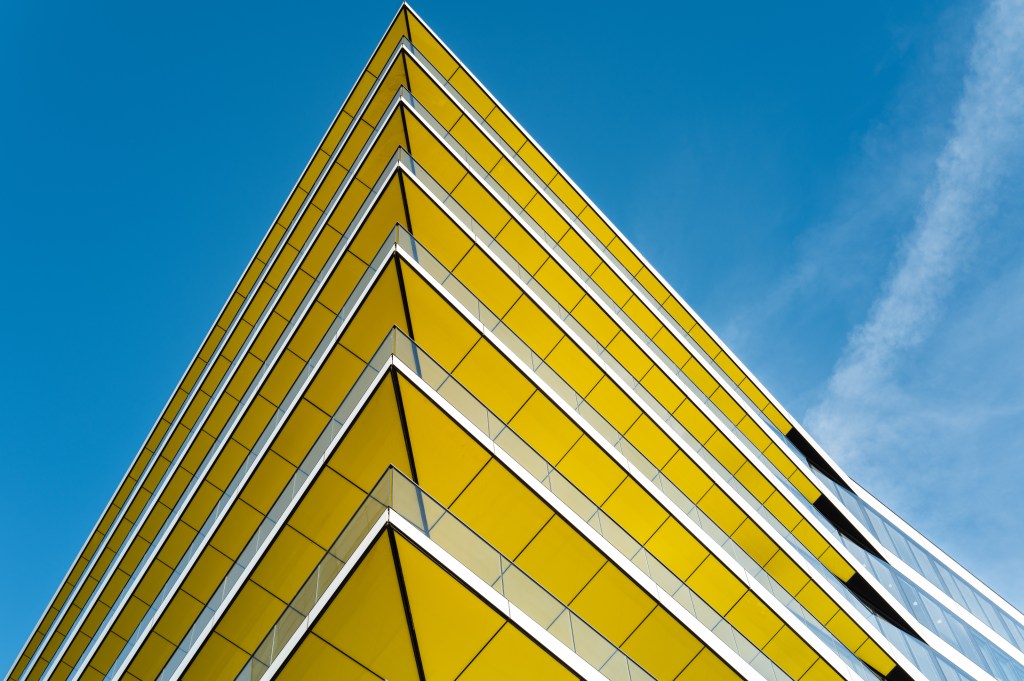
But aside from the crazy technical quality, it’s also all about how natural the photographs look. That 43mm lens means that your images appear completely uncontrived in terms of perspective. It’s almost as if you’re really there, standing on the edge of the scene, looking in. This lens is the perfect match for the kinds of photographic situations the Q design excels at.
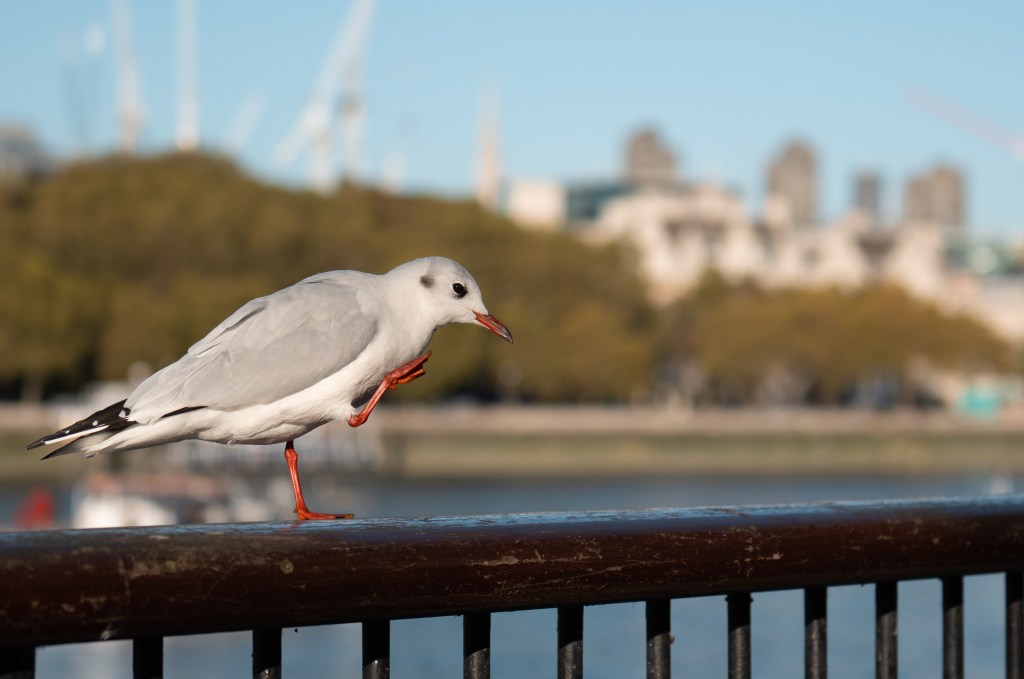
The fact that you can use digital zoom to mimic a short telephoto, while retaining plenty of resolution, adds further to the appeal.
Sadly, the Q3 43’s price places it beyond the means of most photographers. That’s just how things are with Leica. But for those who have the means, this is surely one of the most desirable cameras on the planet right now.
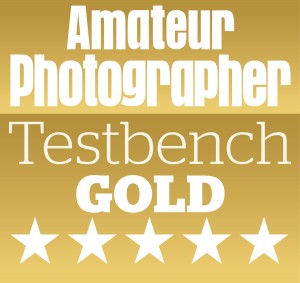
Follow AP on Facebook, X, Instagram, YouTube and TikTok.
Leica Q3 43 full specification
| Sensor | 60.3MP CMOS, 24 x 36mm |
| Output size | 9520 x 6336 |
| Focal length magnification | 1x |
| Lens | APO-Summicron 43mm f/2 ASPH with OIS |
| Shutter speeds | 120 – 1/2000s (mechanical), 1-1/16,000sec (electronic) |
| Sensitivity | ISO 50-100,000 |
| Exposure modes | PASM, Scene |
| Metering | Spot, Centre-weighted, Highlight-weighted, Multi |
| Exposure compensation | +/-3 EV in 0.3 EV steps |
| Continuous shooting | Up to 15fps |
| Screen | 3-in, 1.84m-dot tilting touchscreen |
| Viewfinder | 5.76m-dot, 0.76x, 60/120 fps |
| AF points | 315 |
| Video | 8K 30p; 4K 60p; Full HD 120p |
| External mic | USB-C |
| Memory card | UHS-II SD |
| Power | BP-SCL6 Li-ion |
| Battery life | 350 shots |
| Dimensions | 130.0mm x 80.3mm x 97.6mm |
| Weight | 793g |



